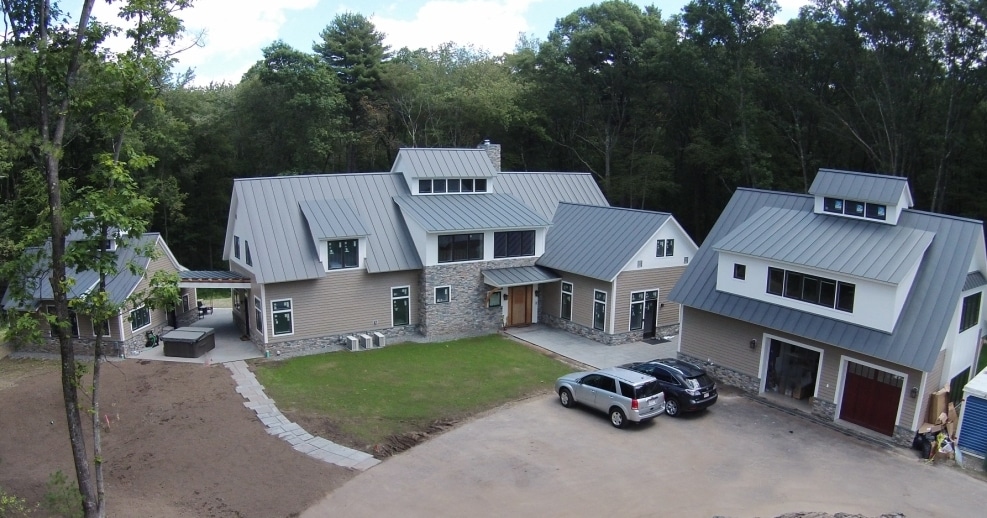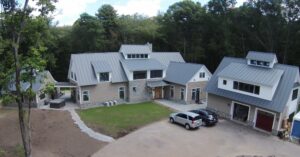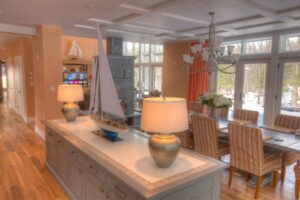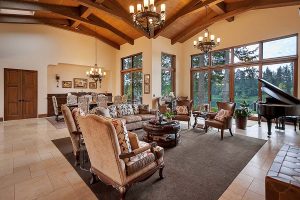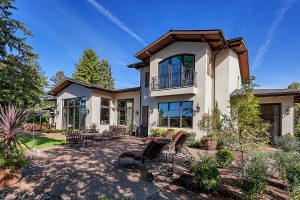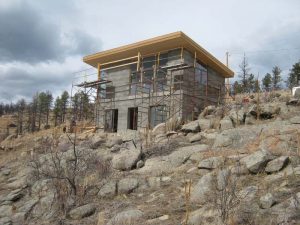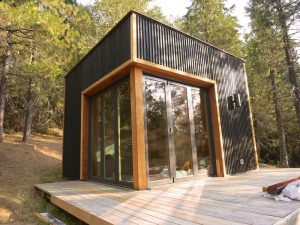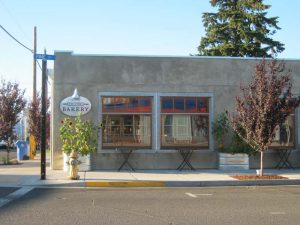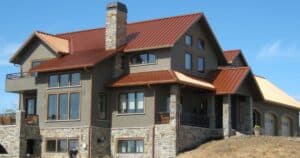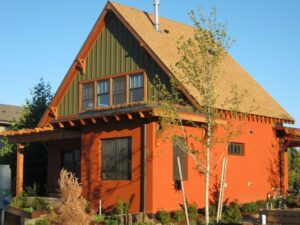Environmentally Friendly Materials + People Friendly Home
When people start planning a green home, they often spend a lot of time thinking about things like renewable energy sources, passive solar and net zero energy usage. Faswall green building blocks work great with all these eco-friendly goals, but they can help accomplish other goals as well.
An environmentally friendly home is also a people friendly one, and that’s something many people overlook. One of the most important ways to protect your family – and do a good thing for the environment – is to ensure you build a home with good indoor air quality.
Ensure Indoor Air Quality
This blog post shares some frightening statistics about how poor indoor air quality can affect you and your children’s health:
- Indoor air quality is often two to five times worse than outdoor air quality.
- The average American spends 90 percent of their time indoors. If you have poor indoor air quality, you’re inhaling pollutants 21 hours a day.
- Poor indoor air quality is one of the main reasons for the increase in asthma and allergies among children.
If you’re planning to build a home from scratch, why not start with a building material made from 100% organic inputs that will not release poisons and toxins into your home? Faswall green building blocks are an ideal building material for people interested in creating homes with great indoor air quality. They’re manufactured from a combination of recycled wood and cement. That’s it – no glues, plastics, additives or other potentially harmful materials. A study by J.F. Straube, Ph.D. and J.P. deGraauw confirms that structures built with materials like Faswall do a great job of maintaining good indoor air quality.
Faswall green building blocks resemble giant cinder blocks. You dry stack them to make your walls, then pour pea gravel or concrete through the cores to hold the blocks in place. They take stucco, clay and other natural wall coverings without a lot of prep work.
Toxin Free Materials: No out-gassing
If you want to use only natural, toxin-free materials to put together your home, Faswall makes it possible. And if you’re interested in building your own home, we’ve got you covered there too. Faswall green building blocks are ideal for DIY home builders because they are so easy to use.
Creating a home with good indoor air quality was extremely important to Kirstin Lynde and Michael Kolowich of 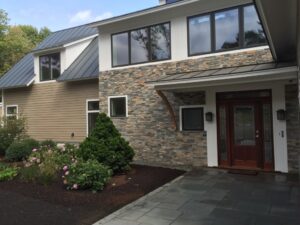
“It’s one thing to change your refrigerator content, but it’s another thing to change your house,” Michael says. Luckily he and Kirstin were already planning to build a new home, and stocking up on natural building materials was at the top of their priority list.
“We were trying to create what we thought was the healthiest house in New England,” Michael says. “I also wanted to prove you could have a home that was beautiful as well as healthy.”
As you can see from the pictures, Kirstin and Michael achieved their goal. Their 5,500 square foot home has 4 bedrooms and 5 bathrooms, plus a guest cottage and a garage with a home office and TV room. Large windows let in plenty of light. A spacious kitchen and open living space provides plenty of space for entertaining. “This is a house that is very high functioning. There really are no compromises,” Michael says.
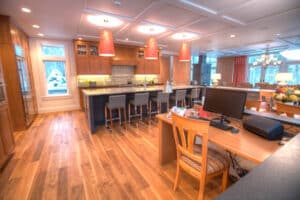
Cellulose insulation is considered lower in harmful chemicals than fiberglass, but it’s difficult to find one that won’t mold over time, Kirstin says. They compromised with foam insulation, which was applied in a thick layer under the roof and contributes to the home’s high R-value.
“In achieving energy efficiency you can sometimes sacrifice air quality,” Michael says. “There’s such thing as a house that’s too tight.” To ensure air could flow in and out of the house, they installed energy recovery ventilator (ERV) and heat-recovery ventilator (HRV) systems. The devices work together to move stale air out of the house and pull fresh air in – all while not losing any of the energy used to heat the home. The systems cycle air in and out of the house every three hours.
They heat the home with a combination of in-floor radiant heat and a masonry stove, avoiding ductwork that can harbor mold and degrade air quality. Firing up the stove for 3 hours heats the core of the house for up to 24 hours, Kirstin says. “We’ve cut our heating cost in half. I credit that to the superior insulation” provided by the one-foot-wide Faswall blocks. Even during Massachusetts’ extremely cold conditions in December 2014, their heating bill was only $100.
All their efforts paid off. Kirstin’s health problems have improved, and Michael no longer suffers from occasional sneezing fits. “The air inside the house smells really sweet,” he says. “People comment on it when they visit.”
Are you interested in building a home with great indoor air quality? What about an office building, warehouse, wine cellar or other commercial building? Faswall green building blocks work great for all types of structures. Please contact us for more information today.

